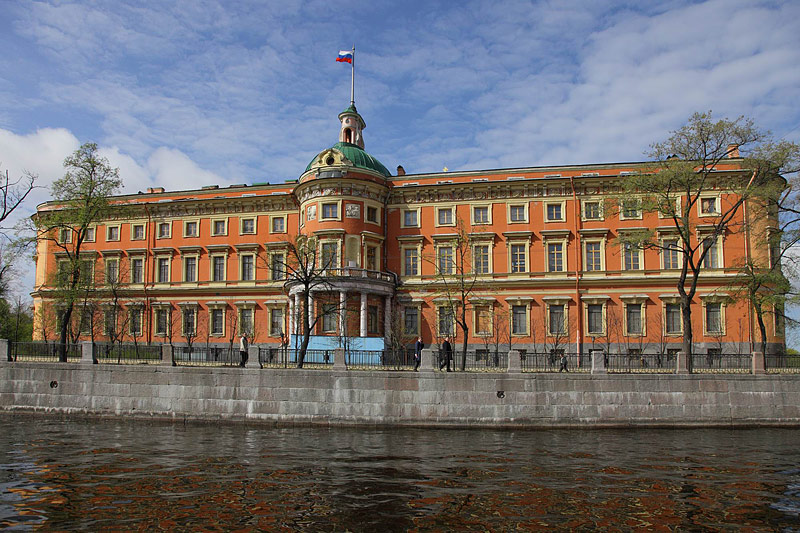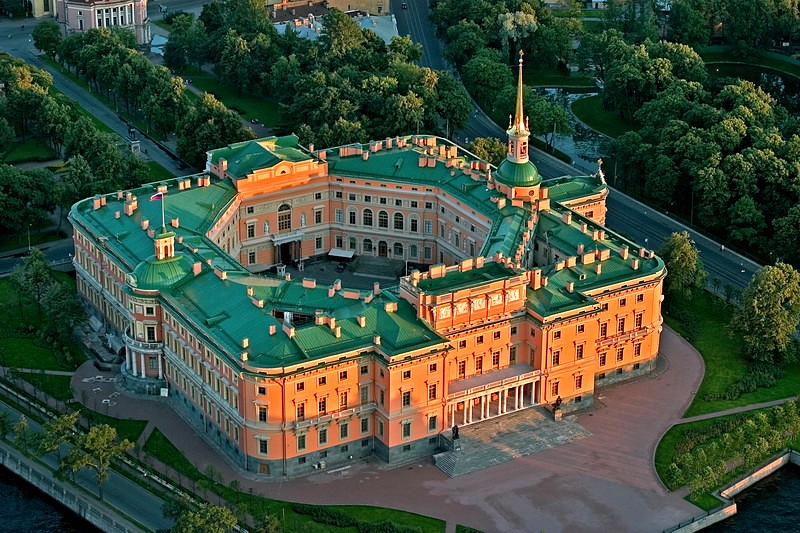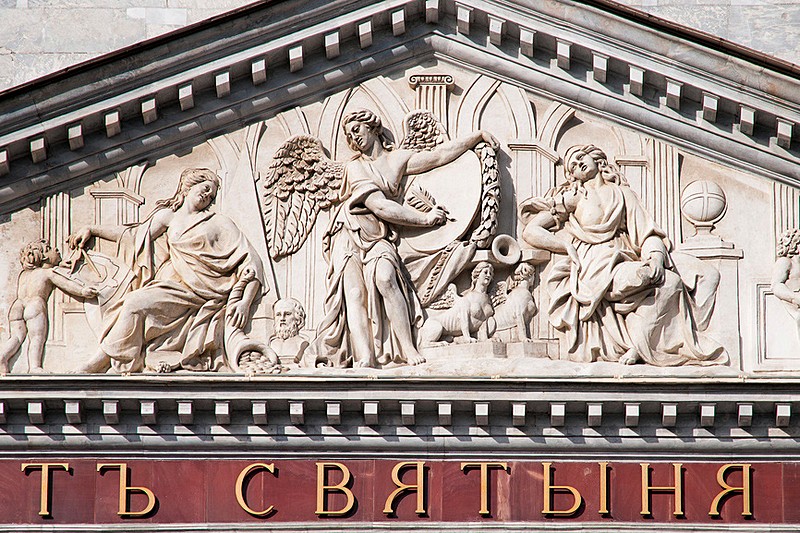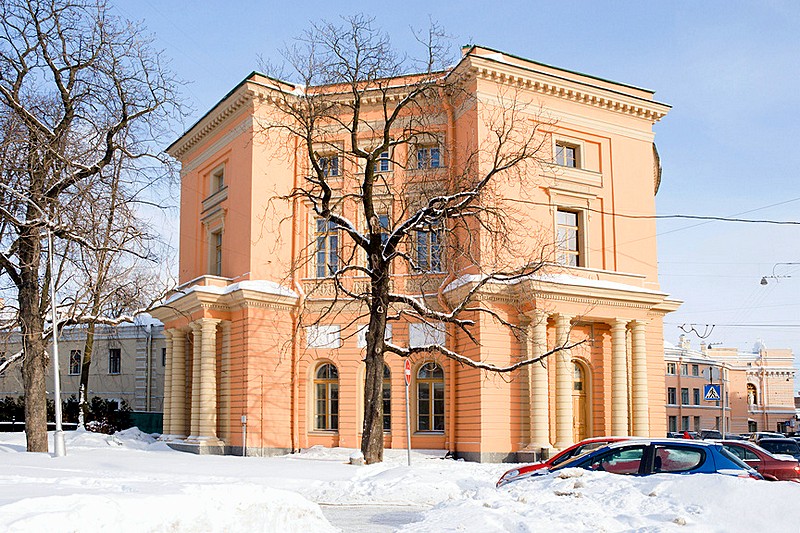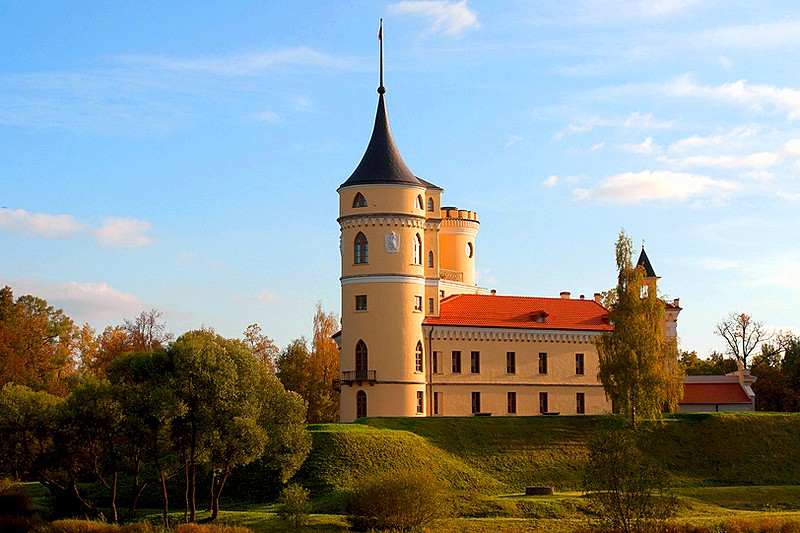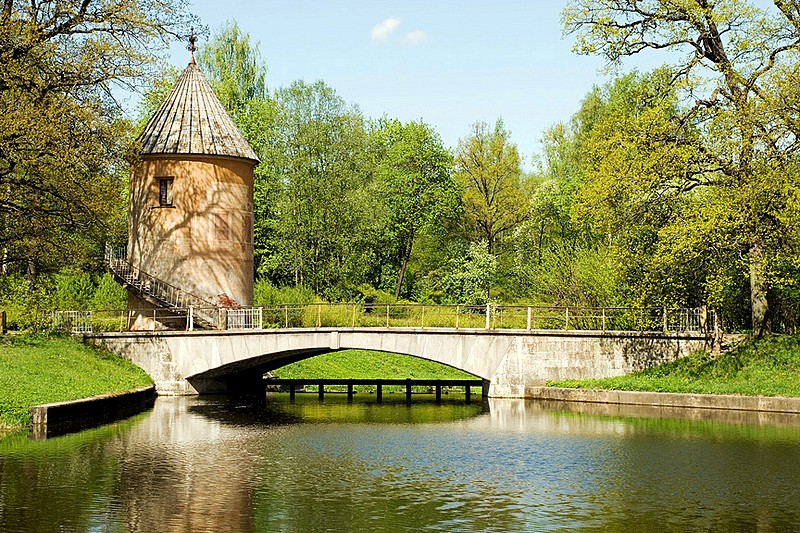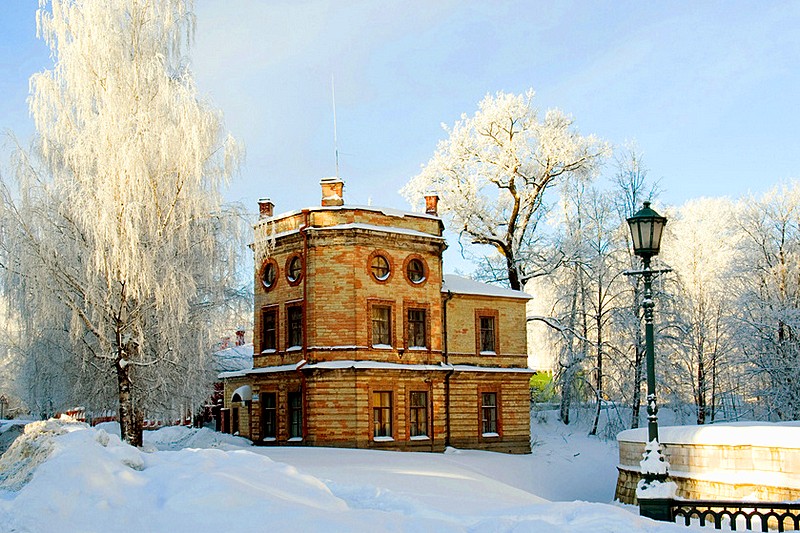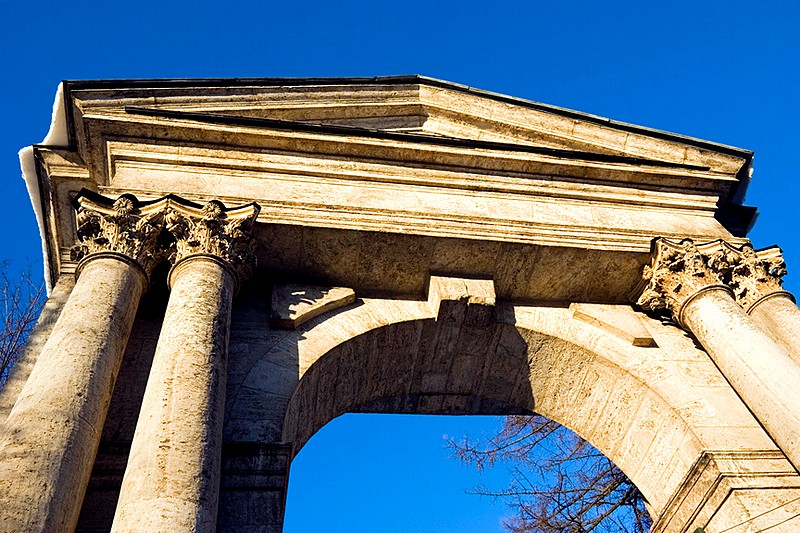Vincenzo Brenna
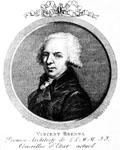
Architect
Born: Florence - 20 August 1745
Died: Dresden - 17 May 1820
Although he could not match the wide-scale achievements of his fellow countrymen in St. Petersburg, Vincenzo Brenna contributed massively to the palace architecture of the city, producing uniquely styled buildings that reflected the peculiar tastes of his patron, Emperor Paul I (1796-1801).
Brenna was born in Florence to an artistic family and studied in Rome to be a painter (where he was a contemporary of Giacomo Quarenghi). He was designing interiors in Poland for Count Stanislaw Kostka Potocki when he met the future Emperor Paul and his wife Maria Fyodorovna, and was invited to join Charles Cameron's team decorating the interiors of the Grand Palace at Pavlovsk. Brenna arrived in Russia in 1784 and established a close relationship with the royal couple, benefiting from the conflict between Paul and his mother (the "battle of the palaces"), which saw the dismissal of Cameron from work on Pavlovsk.
Before Paul succeeded to the throne in 1796, Brenna's activities were limited to interior design at Pavlovsk and Paul's second palace at Gatchina (where he also designed the Connetable obelisk and square (1793)), but he spent the decade developing albums of plans for palaces, which no doubt helped him to accomplish a huge amount of building in the five short years of Paul's reign. He made significant additions to the Grand Palace at Pavlovsk, where he also rebuilt Bip Fortress; he completely remodeled Rinaldi's palace at Gatchina; and he executed his masterwork, St. Michael's Castle" (1797-1801). In these last two projects, he achieved a remarkable architectural embodiment of Paul's confused, militaristic, Prussophile Romanticism.
Brenna and his art were inextricably linked with his patron, and it is claimed that he was also notoriously dishonest, blatantly pilfering artworks even from the Hermitage collections. After Paul's murder and the ascension to the throne of Alexander I, Brenna soon left St. Petersburg for Dresden, accompanied by his young assistant Carlo Rossi. He devoted the last two decades of his life to painting, apparently with little success.
Works: Grand Palace at Pavlovsk (interiors), Bip Fortress (Pavlovsk), Grand Palace at Gatchina, Connetable (Gatchina), St. Isaac's Cathedral (demolished 1818), St. Michael's (Mikhailovskiy) Castle, Rumyantsev Obelisk
Connected with: Emperor Paul I, Charles Cameron, Carlo Rossi

